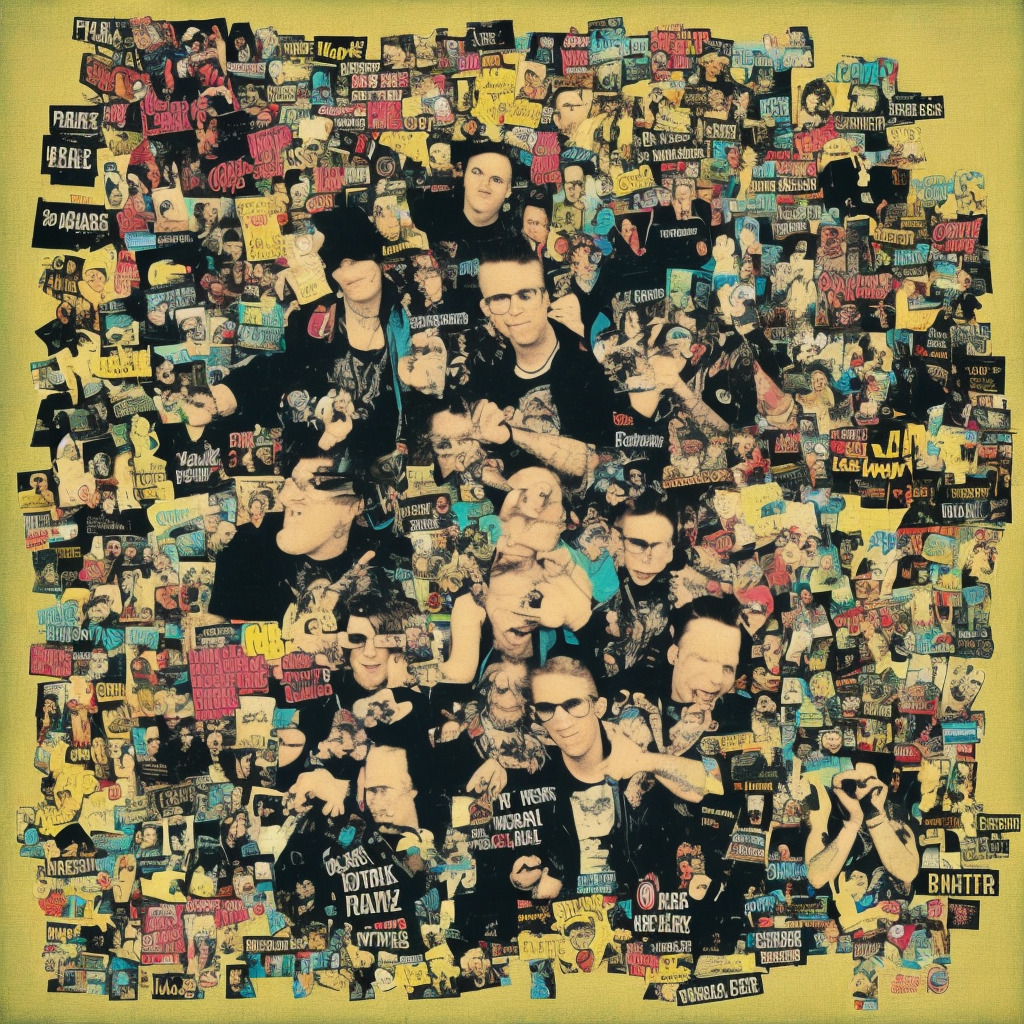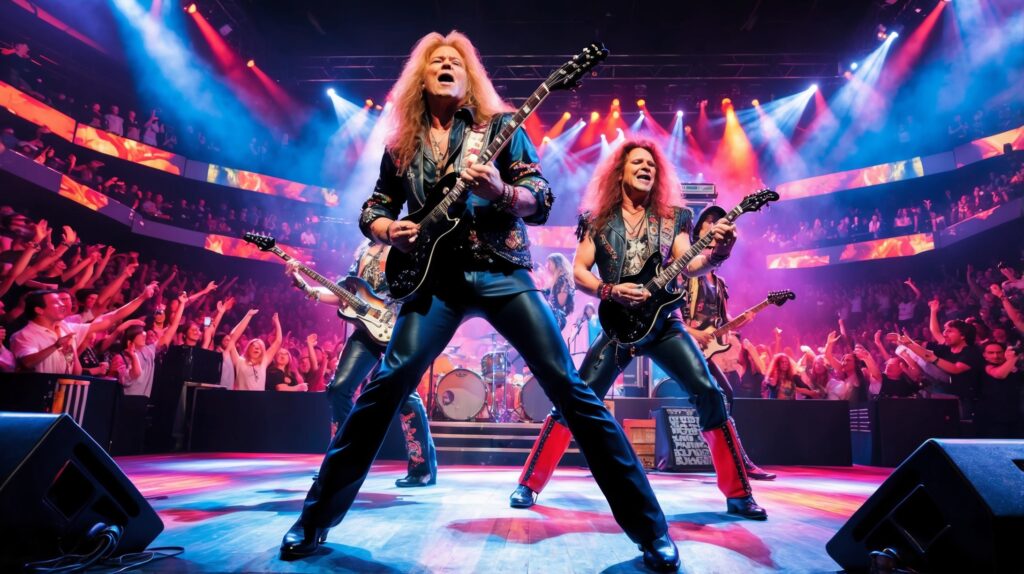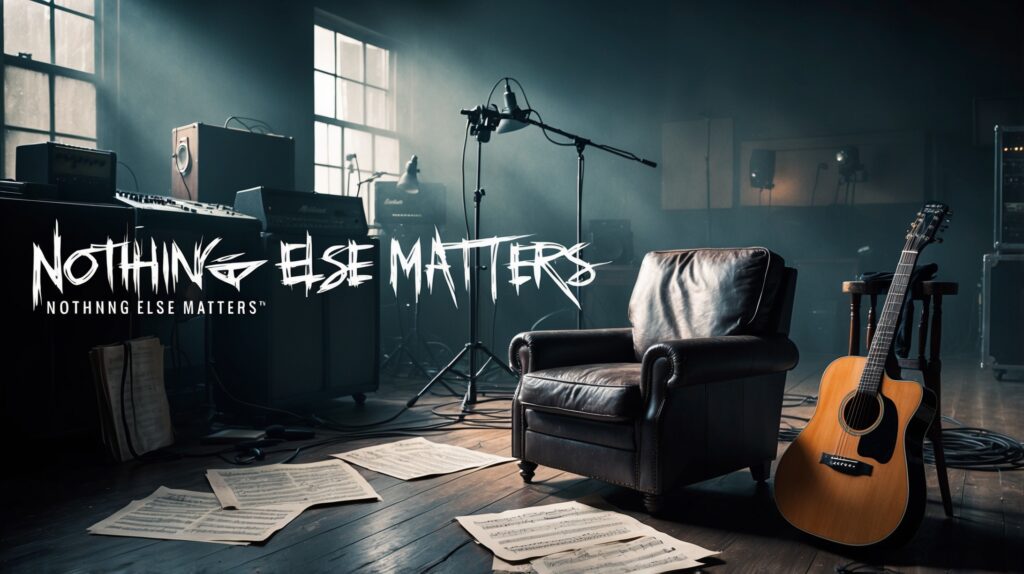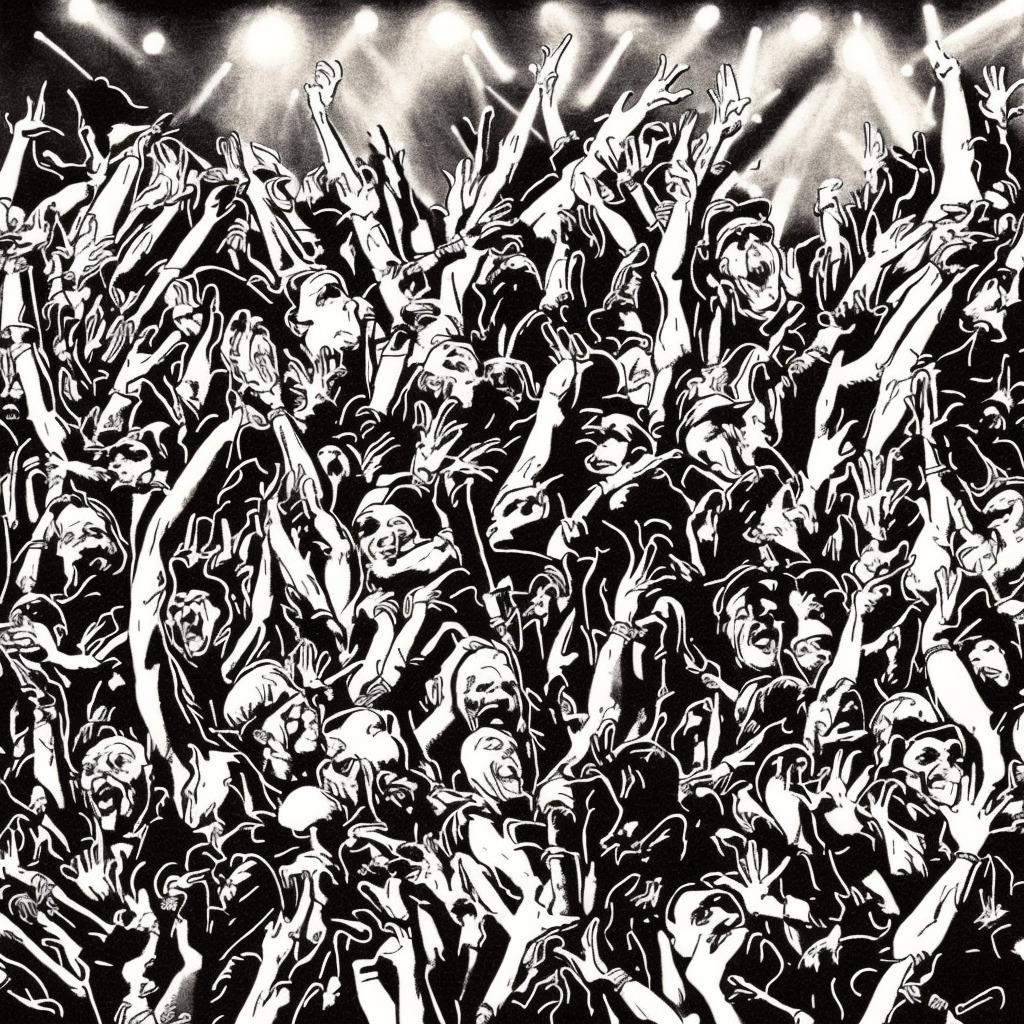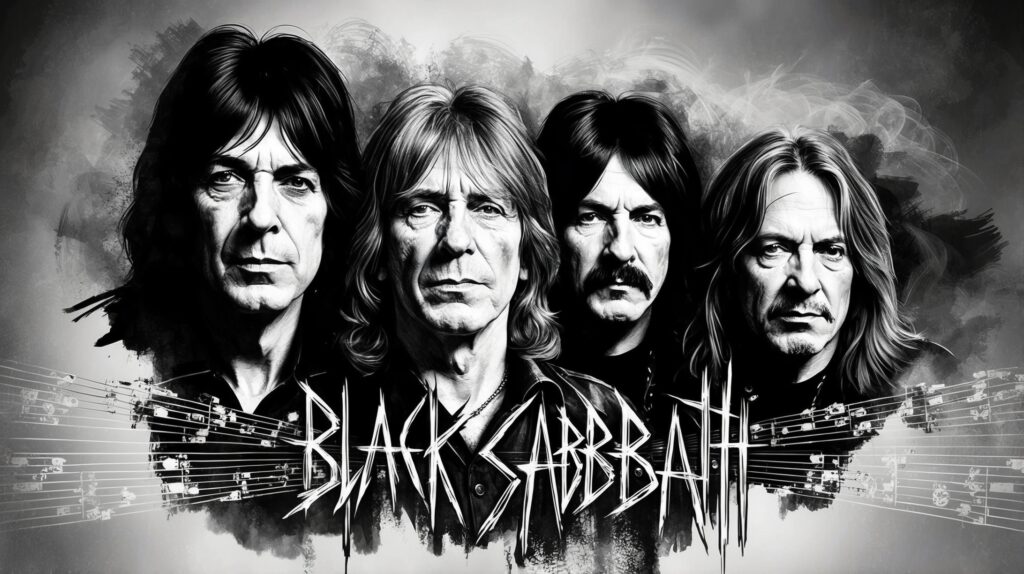🎸Did you know “Come Out and Play” was the catalyst for The Offspring’s mainstream success? Dexter Holland wrote this ’94 punk-rock classic after witnessing gang violence! Keep ’em Separated!🔥 #TheOffspring #ComeOutAndPlay #Smash #90sPunkRock #MusicFacts #ThrowbackThursday 🤘 Read about it: tinyurl.com/3krhwmcf
Unraveling the Geniuses Behind “Come Out and Play”
Unearthing the brilliance behind The Offspring’s iconic punk fusion in “Come Out and Play,” a game-changer that defined a generation and solidified their legacy.
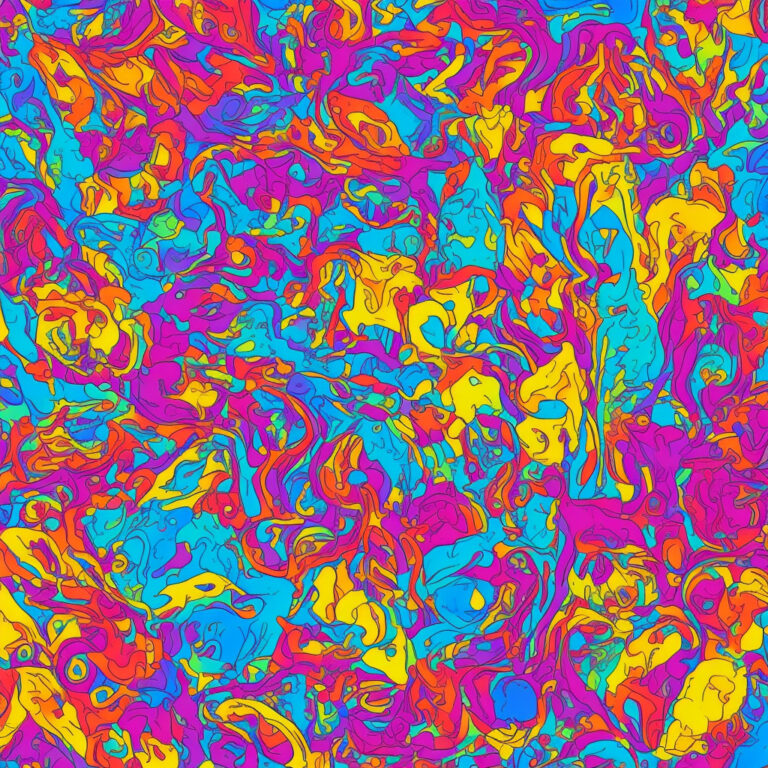
The Offspring, an American punk rock band, was formed in 1984 and has since established themselves as one of the front-runners in the punk rock scene. Their unique blend of punk, ska, and pop elements has allowed them to capture the hearts of both critics and fans alike. One of their biggest hits and a true testament to their creativity is the unforgettable “Come Out and Play.”
The band, consisting of Dexter Holland (lead vocals, guitar), “Noodles” Wasserman (lead guitar, backing vocals), Todd Morse (bass, backing vocals), and Pete Parada (drums, percussion), has undergone several lineup changes throughout its career, but the core members have always maintained a strong bond that reflects in their music. Dexter Holland, a key figure in the band, also holds a doctorate in molecular biology, proving that punk rock and academia can indeed coexist.
“Come Out and Play,” released in 1994, is the lead single from their third studio album, “Smash.” The song’s catchy guitar riff and chorus, along with its socially conscious lyrics about gang violence, helped propel it to the top of the charts, firmly cementing The Offspring’s place in punk rock history. The song’s success played a significant role in popularizing the punk rock genre in mainstream music during the ’90s, paving the way for other bands to follow.
However, as with any band, The Offspring has faced its share of criticism. Some critics argue that their success has caused them to lose some of the raw punk energy that characterized their earlier work. Nonetheless, the band continues to deliver powerful performances and create music that resonates with both old and new fans.
Throughout their career, The Offspring has received multiple awards and accolades. “Come Out and Play” won an MTV Video Music Award for Best Art Direction in 1995. Their album “Smash” remains the best-selling independent label album of all time, having sold over 11 million copies worldwide, and it’s not hard to see why with such iconic tracks like “Come Out and Play” leading the charge.
In conclusion, The Offspring has managed to create a unique sound that has stood the test of time. With their carefully crafted blend of punk, ska, and pop elements, songs like “Come Out and Play” continue to leave an indelible mark on the music scene, inspiring new generations of punk rock’s future.
Charting the Course of a ’90s Anthem
Navigating the ’90s alt-rock wave – The Offspring’s “Come Out and Play” conquers charts and captures hearts with its catchy hooks and timeless appeal.

When it comes to ’90s alternative rock anthems, The Offspring’s “Come Out and Play” is definitely one for the books. Released on March 14, 1994, as the lead single from their third studio album “Smash,” the track became the band’s breakthrough hit, propelling them to mainstream success.
Upon its release, “Come Out and Play” made a significant impact on the charts. It entered the Billboard Modern Rock Tracks chart at the 27th position and quickly climbed its way up. After a few weeks, the song reached its peak position on this chart, sitting comfortably at number 1. The popularity of the track didn’t stop there; it also made its way onto the Billboard Hot 100 chart, peaking at the 38th position. For a band that was still in the early stages of their career, this achievement was nothing short of impressive.
“Come Out and Play” performed equally well in other parts of the world. In Canada, the song peaked at number 2 on the RPM Alternative 30 chart, showcasing its appeal beyond the US borders. The song’s chart performance didn’t go unnoticed, and The Offspring were soon recognized as one of the leading bands in the alternative rock scene.
The track’s success on the charts can be attributed to its catchy hooks and memorable lyrics. It resonated with fans across the globe, tapping into the growing popularity of alternative rock in the ’90s. Furthermore, the song’s music video, directed by Darren Lavett, enjoyed heavy rotation on MTV, which further contributed to the band’s success.
In the years since its release, “Come Out and Play” has continued to make its presence felt on various charts and lists. In 2016, for instance, it ranked at number 30 on Rolling Stone’s list of the “50 Greatest Pop-Punk Albums,” a testament to its enduring legacy.
Despite being released over two decades ago, “Come Out and Play” remains a beloved track that continues to be celebrated by fans and music enthusiasts alike, proving that its chart success was no fluke.
Dissecting the Lyrics: A Reflection of the Times
You gotta keep ’em separated
Like the latest fashion
Like a spreading disease
The kids are strappin’ on their way to the classroom
Getting weapons with the greatest of ease
The gangs stake their own campus locale
And if they catch you slippin’ then it’s all over, pal
If one guy’s colors and the other’s don’t mix
They’re gonna bash it up
Hey, man, you talkin’ back to me?
Take him out
You gotta keep ’em separated
Hey, man, you disrespecting me?
Take him out
You gotta keep ’em separated
Hey, they don’t pay no mind
If you’re under 18, you won’t be doin’ any time
Hey, come out and play
The lyrics of “Come Out and Play” by The Offspring present a vivid and gritty portrayal of the violent gang culture that was prevalent in the 1990s, particularly in Southern California. The song was released in 1994, a time when issues of gang violence, racial tension, and the accessibility of weapons in schools were making headlines across the United States.
The opening lines of the song set the tone, emphasizing the importance of keeping rival gangs “separated,” which alludes to the territorial nature of these groups. This is further reinforced by the line, “The gangs stake their own campus locale.” The mention of “the latest fashion” and “a spreading disease” indicate how pervasive and influential this gang culture had become within the youth demographic, likening it to a contagious social trend.
As the song continues, we see the normalization of violence among these groups, with lines like “getting weapons with the greatest of ease” and “if one guy’s colors and the other’s don’t mix, they’re gonna bash it up.” These lyrics paint a chilling picture of the ease with which young people could access weapons and the potential consequences of crossing gang lines.
Another noteworthy aspect of the song is the critique of the juvenile justice system, which is evident in the lines “if you’re under 18, you won’t be doin’ any time.” The Offspring imply that this lack of accountability may have contributed to the ongoing cycle of youth violence, as young people had little reason to fear legal repercussions for their actions.
In conclusion, the lyrics of “Come Out and Play” serve as a snapshot of the social issues and tensions that were prevalent during the 1990s. The Offspring’s vivid portrayal of gang culture and youth violence reflects the concerns of the time and offers a stark reminder of the impact such issues can have on society.
A Visual Masterpiece: The “Come Out and Play” Music Video
A gritty visual odyssey, The Offspring’s “Come Out and Play” music video masterfully captures the rebellious spirit of ’90s punk rock through its raw energy, artistic depth, and enduring influence.
Directed by Darren Lavett, the music video for The Offspring’s iconic hit “Come Out and Play” is a quintessential representation of the band’s early punk rock style. Though it was released in 1994, the video has since become a classic, showcasing not only the band’s energy but also featuring some impressive artistic and production choices.
The video was predominantly shot in a dimly-lit, industrial warehouse, reflecting the grungy, underground nature of the punk scene at the time. In addition to the band’s electrifying performance, the video interspersed various scenes of street life and urban culture, such as graffiti art, breakdancing, and skateboarding, further adding to the subversive atmosphere.
While the production budget for “Come Out and Play” was modest, the artistic approach was anything but. Lavett utilized a range of techniques to create a dynamic visual experience, including black and white footage, gritty film grain overlays, and erratic editing. These choices effectively convey the rebellious spirit of the song and amplify its message of resistance against conformity.
One notable aspect of the video is the use of masks, which serve as a recurring motif throughout. The band members are often seen wearing Day of the Dead-inspired masks, symbolizing the defiance of societal norms and conventional expectations. This imagery not only highlights the song’s themes but also adds a layer of artistic depth to the video.
Though a music video in the traditional sense, “Come Out and Play” has inspired numerous fan-made tributes and YouTube covers over the years. These creative interpretations not only pay homage to the original video but also showcase the lasting impact of the song and its accompanying visuals on generations of punk rock enthusiasts.
As a testament to its enduring appeal, the “Come Out and Play” music video remains a relevant and influential piece of work within the punk rock genre, proving that even after nearly three decades, its message and artistic vision continue to resonate with fans both old and new.
The Mastermind Behind The Offspring’s Earworms
Dexter Holland, the lead vocalist, guitarist, and primary songwriter of The Offspring, is the creative force behind the band’s hit song “Come Out and Play.” Holland’s knack for crafting catchy tunes can also be heard in other notable tracks such as “Pretty Fly (For a White Guy),” “Why Don’t You Get a Job?,” and “The Kids Aren’t Alright.” Born Bryan Keith Holland, this multi-talented musician has a PhD in Molecular Biology and has been actively involved in scientific research alongside his music career. It’s safe to say that Dexter Holland has been instrumental in shaping The Offspring’s signature sound, blending punk rock with a splash of humor to create iconic songs that continue to resonate with fans across generations.
Accolades, Appearances, and Amazing Covers
“Come Out and Play”: A timeless punk-rock hit earning accolades, dominating pop culture, and inspiring genre-defying covers since ’94!
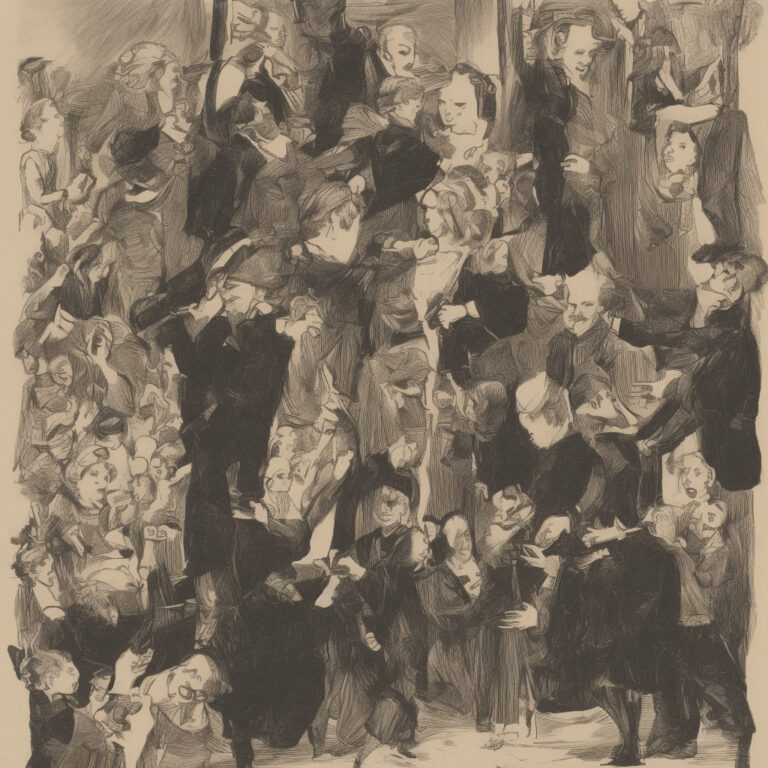
“Come Out and Play” has garnered various accolades since its release in 1994. The song reached the number one spot on Billboard’s Modern Rock Tracks chart and successfully earned the band their first Billboard award. It has also been hailed as one of the best songs of the ’90s by VH1 and Rolling Stone.
The infectious tune has made its way into popular culture through appearances in movies, television shows, and video games. A notable movie appearance is the 1999 comedy film “Idle Hands,” where the song is played during a high school dance scene. On TV, the song has been featured in episodes of “Beavis and Butt-Head” and “Cold Case.” It has also found its way into the gaming world, appearing on the soundtracks of “Crazy Taxi,” “Guitar Hero 5,” and “Rock Band 3.”
Over the years, many artists have paid homage to “Come Out and Play” by producing their own unique cover versions. One of the most interesting covers comes from Richard Cheese, who transformed the punk rock hit into a smooth lounge-style track. Another noteworthy cover is by the French band Nouvelle Vague, who added a bossa nova twist to the song. These creative renditions showcase the song’s versatility and ability to cross genre boundaries.
As the years go by, “Come Out and Play” continues to be an influential track within the punk-rock scene and beyond. Its catchy riffs and memorable lyrics have not only earned it awards and recognition but also ensured its presence in various forms of media and entertainment. With its enduring appeal, it’s no wonder that “Come Out and Play” remains a staple in The Offspring’s repertoire, and in the hearts of fans worldwide.
Digging Deeper into the Musical Structure
When examining the musical structure of “Come Out and Play,” it’s important to note that it’s written in the key of G minor, a key that lends itself well to the song’s lively, yet aggressive nature. The song follows a fairly standard verse-chorus-verse-chorus-bridge-chorus structure, with a memorable guitar riff that plays throughout.
The chord progression in the verses is built around a Gm-C-F-A# sequence, which creates a solid foundation for the song’s catchy melody. This progression is repeated throughout the verses, with slight variations in the rhythm guitar part to keep things interesting. The chorus, on the other hand, uses a different progression: D-A#-C-Gm. This shift in chords helps to differentiate the chorus from the verses and adds an extra layer of excitement to the song.
As for the tempo, “Come Out and Play” clocks in at around 148 BPM (beats per minute), which is relatively fast-paced for a rock song. This brisk tempo contributes to the song’s energetic and infectious feel, making it perfect for both head-banging and dancing along.
One of the standout features of “Come Out and Play” is the iconic, staccato guitar riff that opens the song and repeats throughout. Played on a clean-toned electric guitar, this riff employs palm muting and rapid downstrokes to create a choppy, syncopated rhythm. This technique, combined with the use of power chords, gives the song its distinctive driving force.
The song’s bridge also showcases some interesting musical choices. It starts with a rapid-fire, spoken-word section delivered by the lead singer, Dexter Holland. This section is accompanied by a pulsing bass line and a series of dissonant guitar chords, which create a sense of tension and anticipation. This tension is eventually resolved as the song returns to the familiar guitar riff and launches back into the final chorus.
In terms of production, “Come Out and Play” is characterized by a raw, garage rock sound, with punchy drums and aggressive guitar tones that cut through the mix. The vocals are also treated with a touch of distortion, giving them a gritty quality that complements the song’s rebellious spirit.
Overall, “Come Out and Play” is a prime example of The Offspring’s signature blend of punk rock energy and pop sensibilities. The song’s solid musical structure, infectious guitar riff, and memorable melody make it a classic that still resonates with listeners today.

